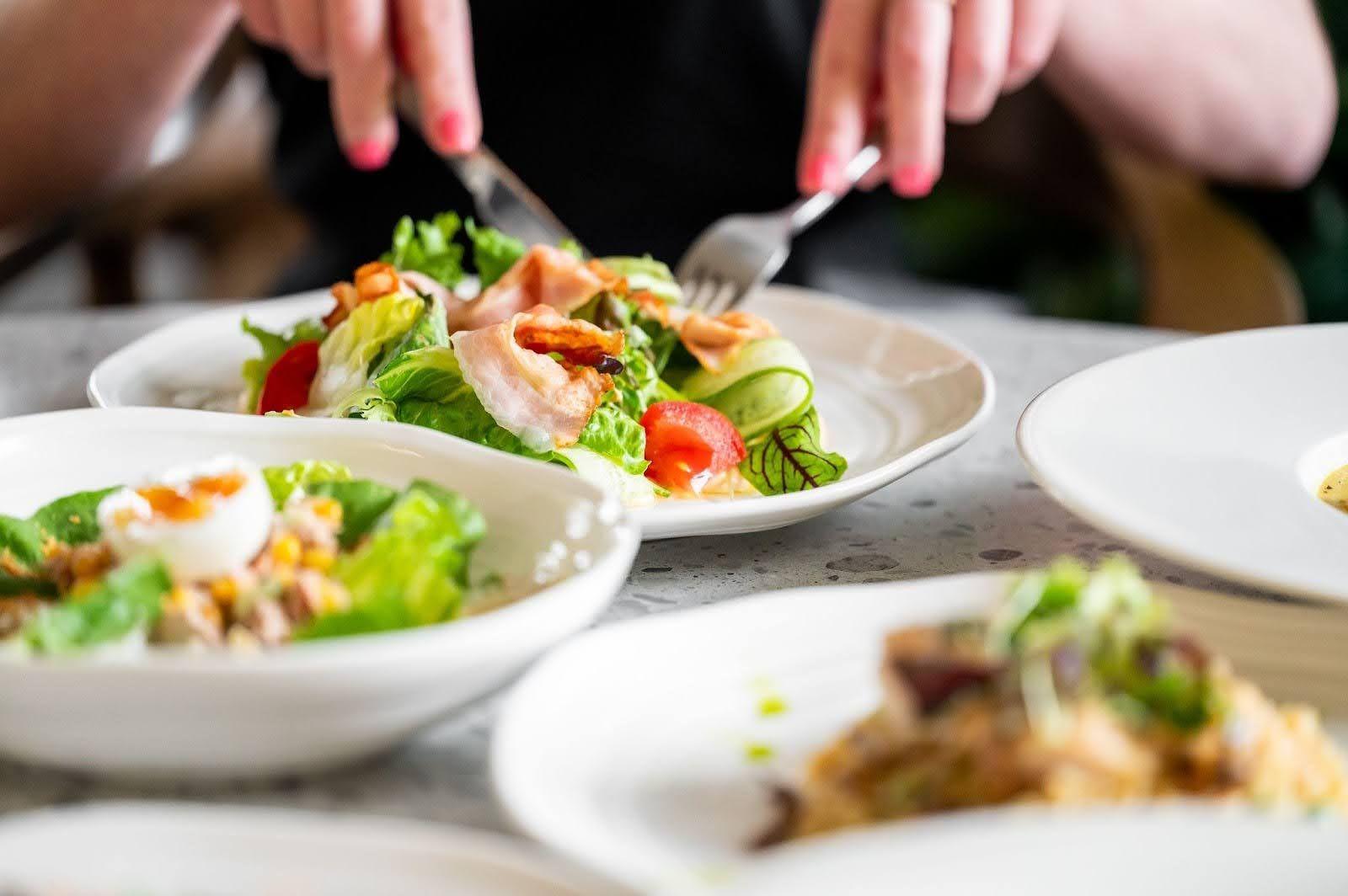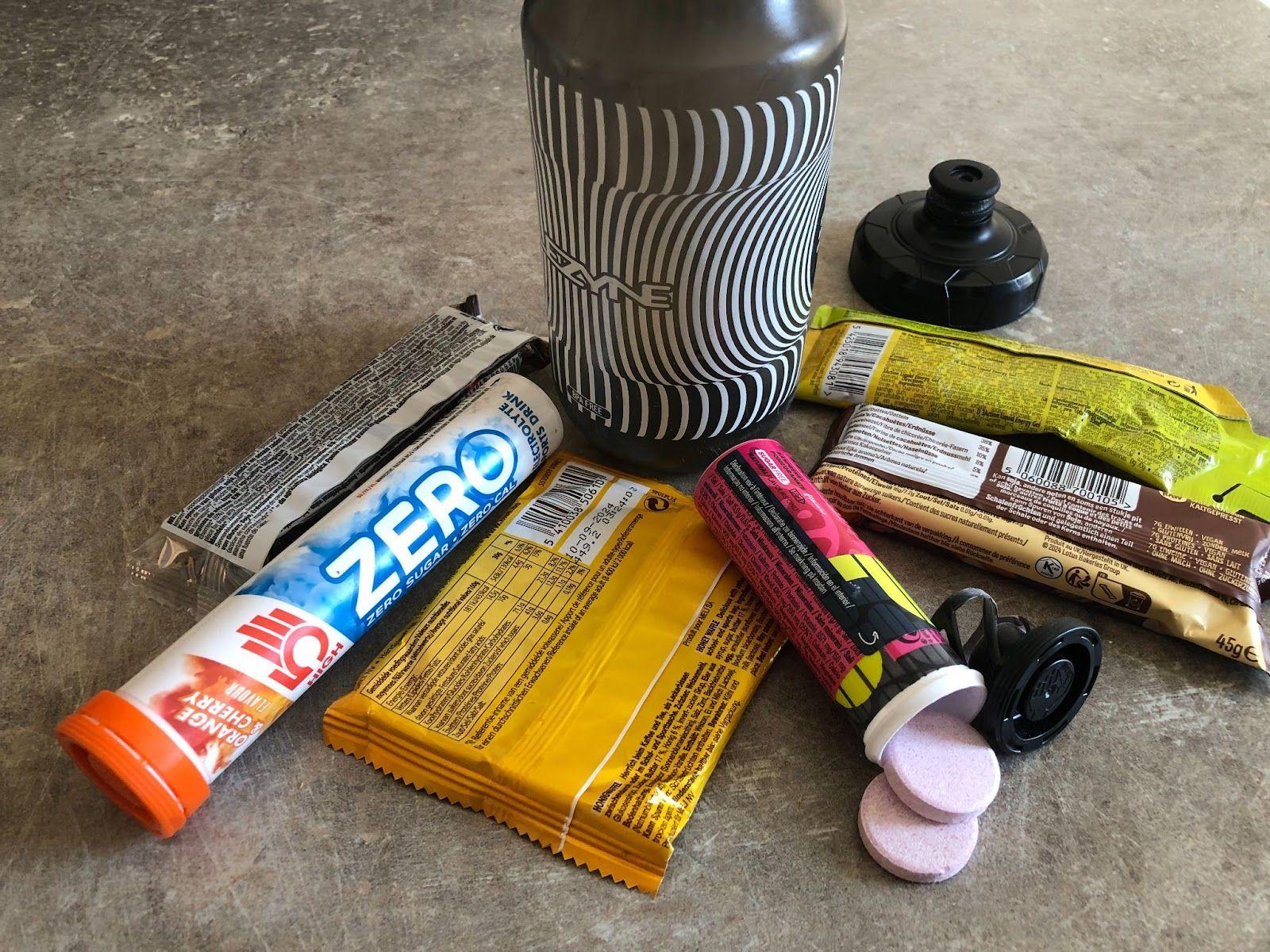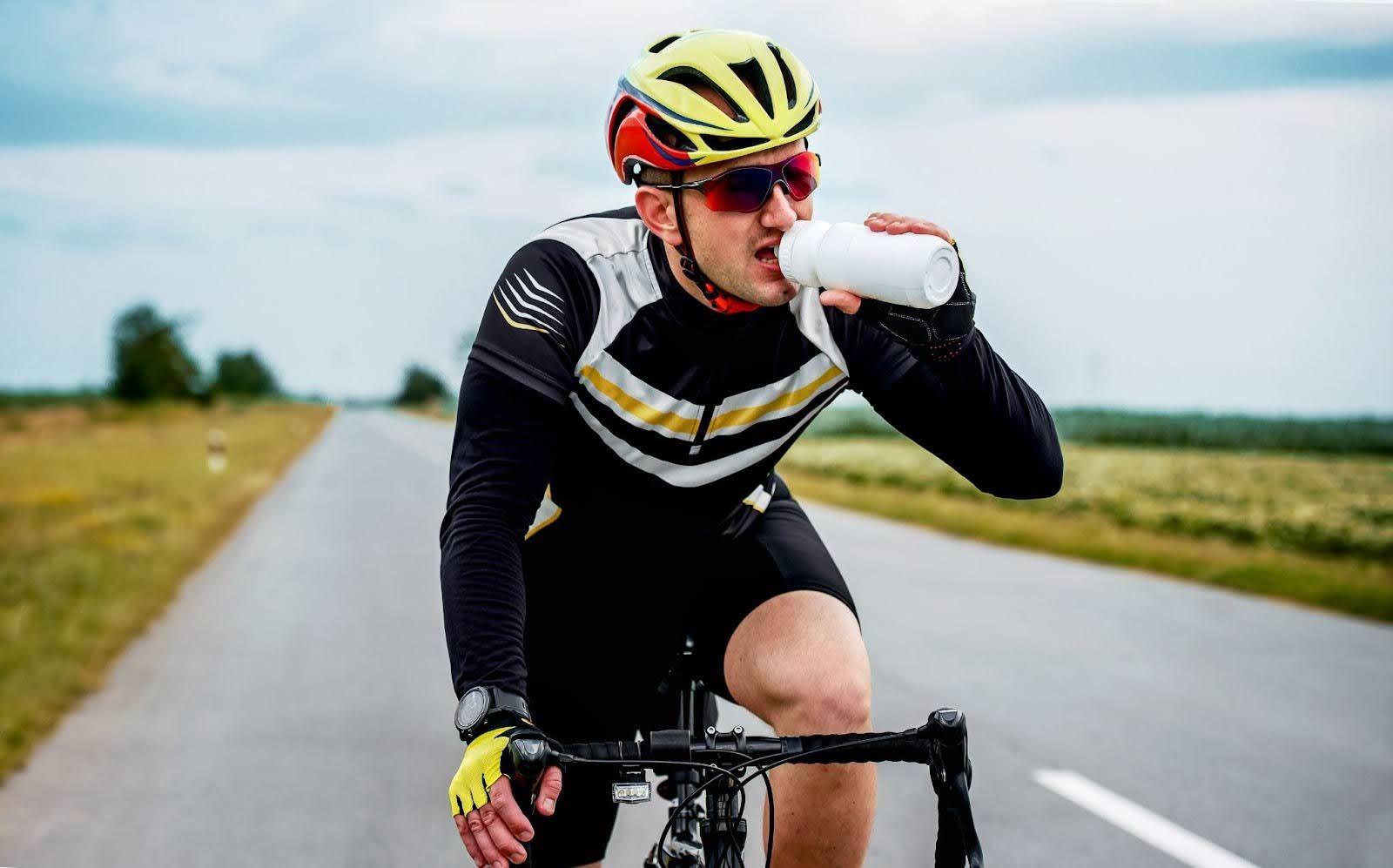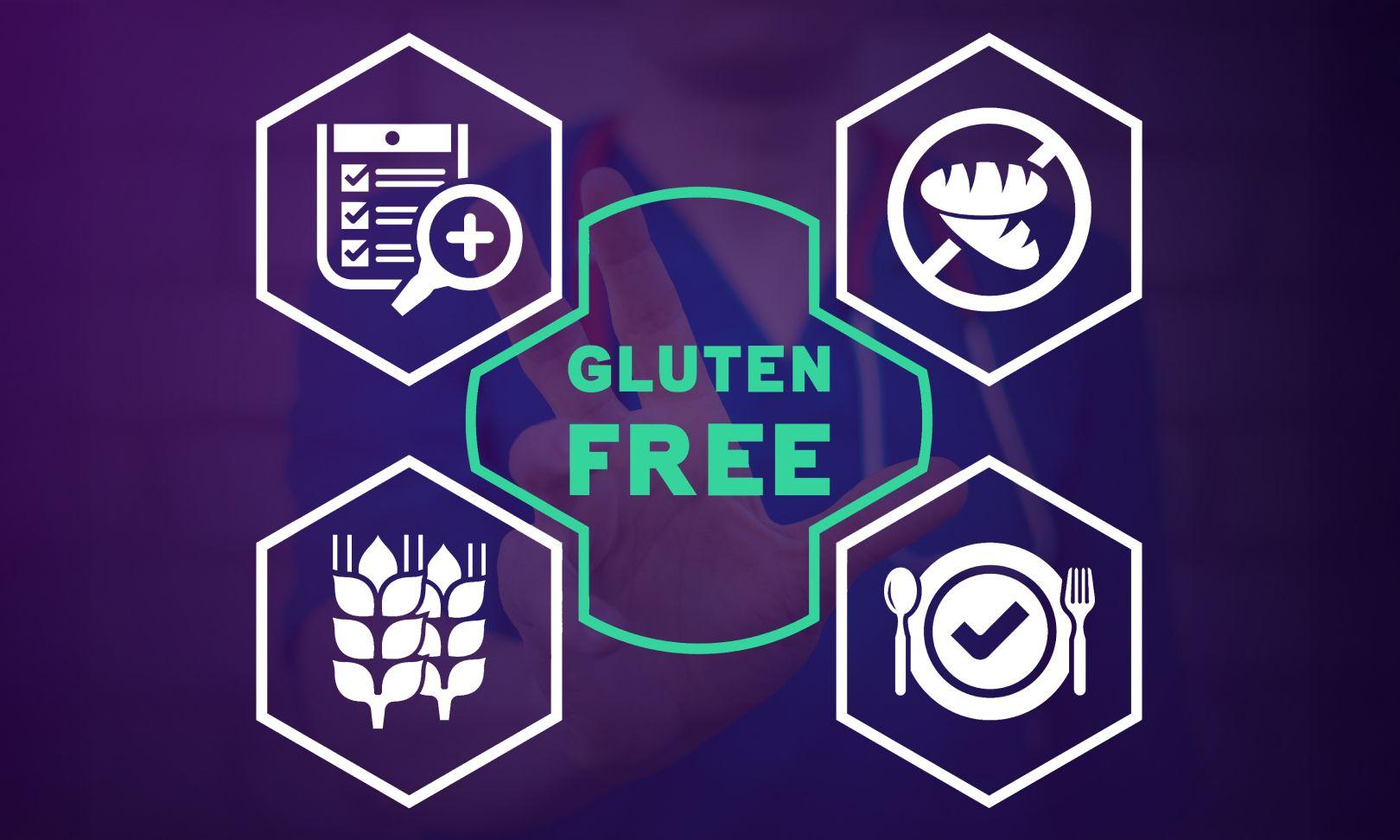For decades, nutrition for endurance athletes was the forgotten key to success, receiving far less attention than training. In sports like cycling, running and triathlon, factors such as body composition, carbohydrate oxidation rates, and their effects on performance have finally brought endurance cycling nutrition and fueling strategies into the spotlight.
In the past, cycling nutrition was seen purely as a source of calories, without considering the timing of meals, nutrient quality, or their effects on metabolism, hormonal response, and energy efficiency. Think of it like a race car – better fuel means better performance. That’s why triathlon nutrition and fueling for cyclists have become central to endurance planning. Alongside regular training, nutrition and fueling are the second most important pillars of performance and longevity. The composition and quality of your diet directly influence the health of your cells, the efficiency of your biological systems, and your ability to perform and recover.
Environmental impacts on food quality and nutrient density also play a key role in long-term health. Modern tools such as metabolic carts, fat oxidation testing and carbohydrate oxidation measurement have opened the door to personalized fueling. This allows athletes to match daily intake to training demands, sport-specific needs, and to avoid both under-fueling and over-fueling.
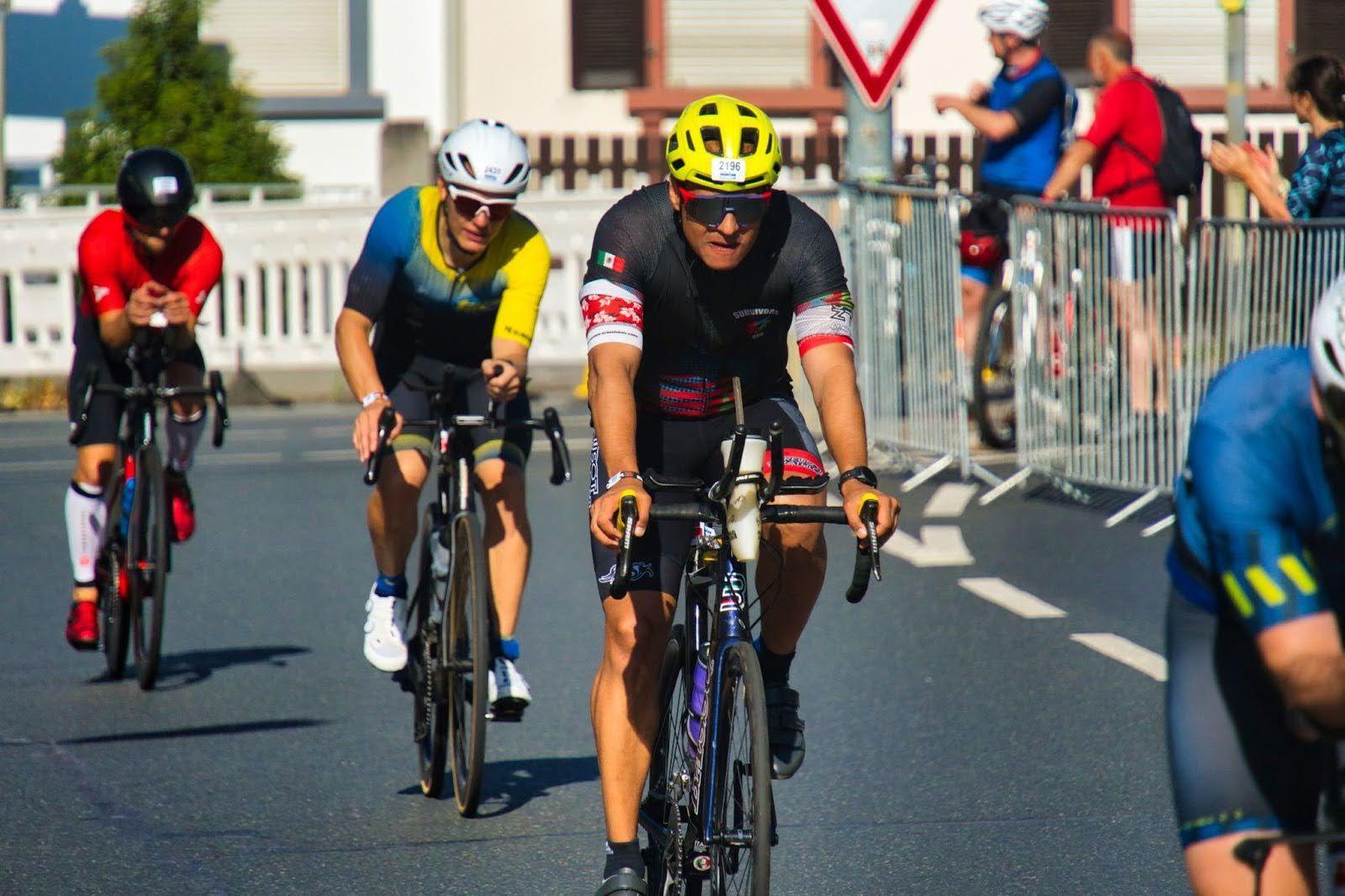
Understanding these basics is essential when planning what to eat during long rides, optimizing fueling for long-distance rides, and balancing carbs and hydration for endurance. Whether on the road or indoors, smart nutrition is the foundation of consistent progress and sustainable performance.
Environmental impacts on food quality and nutrient density also play a key role in long-term health. Modern tools such as metabolic carts, fat oxidation testing, and carbohydrate oxidation measurement have opened the door to personalized nutrition. This allows athletes to match daily intake to training demands, sport-specific needs, and to avoid both under-fueling and over-fueling.
Endurance cycling nutrition basics: Carbs, fats & proteins explained
The three pillars of nutrition – also called macronutrients – are carbohydrates, fats, and proteins.
Proteins are essential for growth and repair. They are the building blocks of muscles, tissues, cells, hormones, and organs. Athletes have an especially high daily protein requirement to support muscle growth, repair and recovery.
Fats are a vital energy source. In human evolution, fats were the primary fuel since carbohydrates were only seasonally available. The human body has an exceptional capacity to use fat for energy. Beyond fuel, fats play a role in cell structure, hormone production and biochemical processes such as vitamin absorption. Stored fat reserves can range from 60,000-90,000 kcal depending on body size and composition.
Carbohydrates are a rapid and efficient energy source, essential for ATP production – the energy currency of the body. They also provide the brain with roughly 125 g of glucose daily. According to Prof. Tim Noakes’ central governor theory, the brain regulates all bodily processes, so adequate carbohydrate availability is critical.
While the liver can produce glucose (gluconeogenesis), the body’s carbohydrate-storage capacity is limited to around 2,000 kcal (glycogen in muscles and liver), making management crucial for endurance performance.
Energy systems in long-distance sports
The body has two primary pathways for producing ATP:
- Glycolysis uses only carbohydrates as fuel, produces lactate, and dominates during shorter, high-intensity efforts. It does not require oxygen (anaerobic metabolism), though glycolysis still occurs at rest or during low-intensity exercise.
- The TCA Cycle (Krebs Cycle) uses both fats and carbohydrates in the presence of oxygen (aerobic metabolism). It is the main pathway for endurance activities due to the large fat reserves available. The limiting factor is oxygen availability: more oxygen means higher energy turnover. While less powerful than glycolysis, it is more sustainable over long durations and is dominant in low-to-moderate intensity exercise.
Both pathways run simultaneously – the ratio shifts with exercise intensity and the athlete’s metabolic adaptation (e.g., fat adapted vs. non fat adapted).
Differences between aerobic and anaerobic fueling
Fueling should match the dominant energy system of your workout:
- High-intensity training relies heavily on carbohydrates for glycolysis. If the session is under approximately 60 minutes, stored glycogen may be sufficient. For longer, intense sessions, exogenous carbohydrate intake becomes important.
- Low-intensity, long-duration training (Zones 1 and 2) are best supported by fat metabolism. Large carbohydrate intakes before or during such sessions spike insulin, which suppresses fat oxidation. To train fat metabolism, consume high-fat or protein foods before the session and only enough carbohydrate to stabilize blood sugar without significantly reducing fat oxidation.
Pre-training and pre-race nutrition
The meal before your race or training should provide enough fuel without leaving you feeling overly full. Choose foods that don’t cause a sharp blood sugar spike (low-to-moderate glycemic index).
Focus on meals the day and night before, giving your body time to replenish glycogen and recover from prior training. Adequate carbohydrates and proteins are key.
Glycogen loading – Is it worth it?
The old concept of “carbohydrate loading” from the 1970s is outdated.
Instead, ensure consistent carbohydrate and protein intake in the days leading up to the event, and avoid excessive loading the night before.
What to eat before early morning indoor sessions
Eat 90-120 minutes before your workout to allow for digestion.
- For low/moderate-intensity sessions: Eggs, avocado, and whole wheat bread.
- For high-intensity sessions: Oats or yogurt with berries for extra carbohydrates.
- Coffee or tea (unsweetened) can complement the meal.
Fueling strategies for long rides and and triathlon training
For sessions over two hours, aim for 60-90 grams of carbohydrates per hour (maltodextrin preferred, avoid fructose-heavy options). Some pro cyclists use 120+ grams per hour, but current research hasn’t proven oxidation above 90 grams per hour. High carbohydrate intake increases the risk of gastrointestinal issues, so test your tolerance in training.
Solid foods vs. gels vs. drinks
- Early in an event (lower intensity), solid foods are easier to digest.
- Later, or at higher intensity, gels and drinks are faster to consume and process.

Electrolytes, sodium, and fluid balance
Drink according to thirst; fluid needs vary with temperature and intensity. Minerals – especially sodium, potassium and magnesium – may help prevent cramps. Be sure to test all products in training, not on race day.
Post-workout recovery nutrition
Immediately after exercise, the body has increased nutrient uptake capacity. A combination of carbohydrates and proteins promotes optimal recovery. Examples:
- Rice or potatoes with chicken, meat, or fish.
- A protein shake within 2 hours post-workout.
Hydration – more than just water
Sweat rate varies by individual. Monitor hydration via urine color (light yellow is ideal). In hot or indoor conditions, fluid needs increase due to reduced airflow and higher core temperature. Sodium loss is partly diet-dependent – those with high salt intake lose more sodium in sweat.
Common nutrition mistakes for endurance athletes
Even the most dedicated athletes can sabotage performance by overlooking key aspects of endurance-cycling nutrition, recovery meals, and fueling strategies for long-distance events such as IRONMAN triathlons. You don’t want to:
- Wait too long to start fueling or hydrating during workouts.
- Skip post-workout nutrition, especially after indoor or short sessions.
- Underestimate daily calorie needs or overcompensating and over-fueling.
Daily nutrition for endurance athletes
Energy needs depend on training load, measured via power meters or other tools. Replace the energy you expend daily – covering your basal metabolic rate plus training plus daily activity – while avoiding chronic under- or over-fueling.
Here are some suggested foods/meals:

Breakfast:
- All kinds of eggs, omelet with cheese & ham
- Sourdough bread
- Oats or overnight oats with full-fat milk
- Full-fat yogurt with berries
- Chia seeds (overnight with milk & yogurt) with berries
- Erythrol or Stevia for sweetening
- Protein bread (ham/cheese)
- Whole-grain bread (avocado, cottage cheese, hummus)
- Banana pancake (egg, banana, milk)
- Butter
- Cheese
- Cured meats
- Peanut butter
- Coffee, tea, water
- No jam or Nutella, no table sugar, no fruit juice, no margarine
Lunch:
- All kinds of Salads with chicken - ham - parmesan
- Potato or sweet potato salad (best with olive oil)
- Rice salad
- Couscous salad
- Caprese salad
- Quinoa salad
- Salami - cheese
- Omelet
- Sandwich with avocado/cheese/ham/egg/tomato/cucumber
Dinner:
- Chicken
- Broccoli, spinach, green leafy vegetables
- All kinds of beans
- Potato
- Rice
- Mixed vegetables
- Beef or pork
- All kinds of side salad
- Wok (veggies, chicken, rice)
- Omelet
- Wraps (Mexican & minced meat)
- Best use olive/coconut/avocado oil
- Heinz Zero ketchup
- Limited pasta, no pizza, no fries

Snacks/drinks:
- Sport energy/protein bar
- No table sugar in any drinks
- Coffee, tea, water
- Sport drink with added minerals (check the sugar content)
- Water/apple juice mixed 4:1
- Limited sugar-free sodas
- Nuts
- Protein/whole-grain bread
- Salami/cheese sandwich
- No sweets, no chips
ROUVY & Nutrition: Train smart indoors, fuel like you race
Indoor training on the ROUVY indoor cycling app is an excellent opportunity to test different pre-, during- and post-ride fueling strategies. Because indoor workouts on ROUVY allow precise control of power output and performance metrics, you can directly evaluate the effects of nutrition choices on performance and optimal recovery.
Experiment with different approaches, as every athlete responds differently. Consulting an experienced sports nutritionist can provide tailored advice to optimize your fueling strategy.
Further reading:
- SNDC, Nutrition & Fueling
